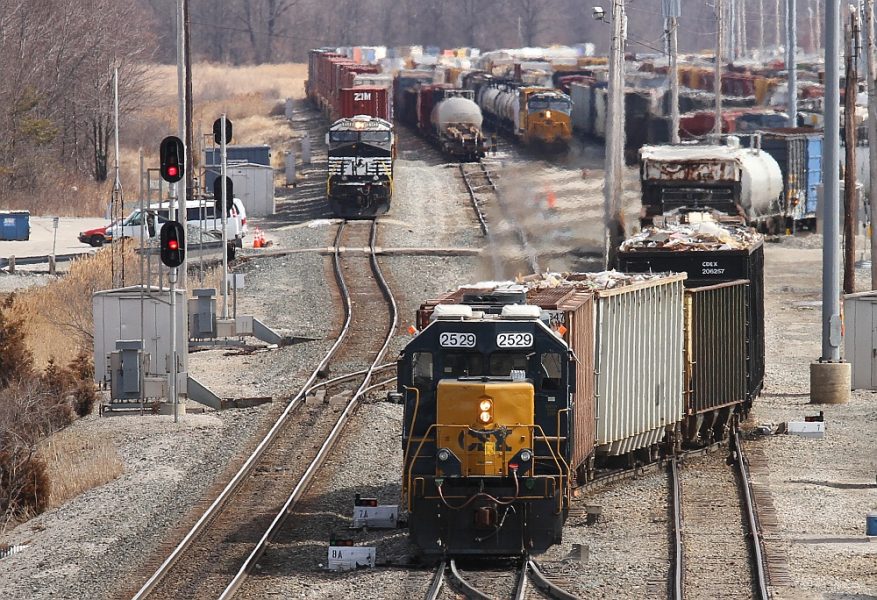
Pasi Lautala shares his knowledge on Husky Bites, a free, interactive webinar this Monday, 9/26 at 6 pm. Learn something new in just 30 minutes or so, with time after for Q&A! Get the full scoop and register at mtu.edu/huskybites.
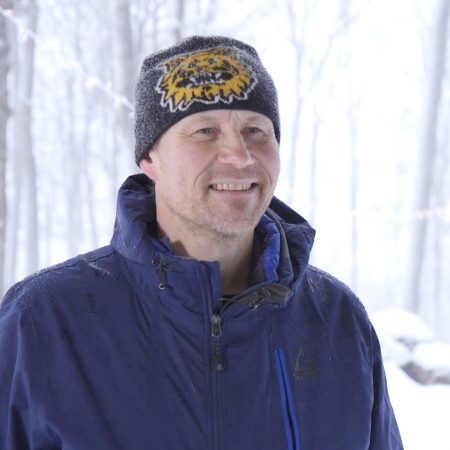
What are you doing for supper this Monday night 9/26 at 6 ET? Grab a bite with Dean Janet Callahan and Pasi Lautala, associate professor of Civil, Environmental, and Geospatial Engineering at Michigan Tech.
Lautala directs Michigan Tech’s innovative Rail Transportation Program (RTP), preparing students to thrive and succeed in the rail industry—something he has done for the past 15 years.
Joining in will be Michigan Tech alumnus Eric Peterson, retired assistant chief engineer of public projects at CSX Transportation, who helped establish and grow the RTP at Michigan Tech.
During Husky Bites the two will share the secrets behind the energy efficiency of rail, and guide us from past railroads to what they are today. They’ll also discuss how railroads are securing a future in the era of rapid technology development.
“Rail is considered more energy efficient. In many ways it is a more sustainable transportation mode compared to highway and air transport, says Lautala. “However, in order for rail transportation to keep up with the other modes of transportation, it must keep developing alongside them—and with an equal amount of passion. In the US, some of those challenges (but also opportunities) include long asset lives, non-flexible structures, and private ownership.”
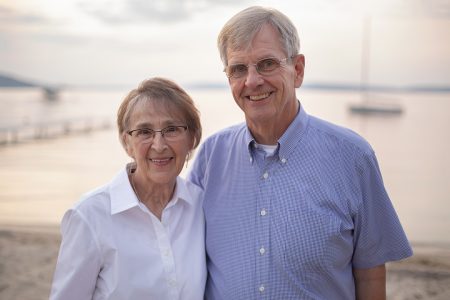
Before moving to the US from Finland, Lautala worked for several summers with the Finnish Railway system. After graduating from Michigan Tech with his MS in Civil Engineering, he worked for five years as a railroad and highway engineering consultant in Chicago, before returning to Michigan Tech for his PhD in Rail Transportation and Engineering Education.
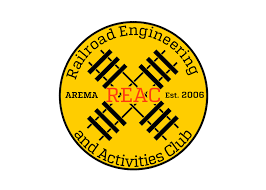
“I first met Eric as a young consultant,” Lautala recalls. “He was one of the managers for our client, CSX Transportation. Once I returned to campus as a doctoral student, I learned Eric was a former classmate of my PhD advisor. Eric became an influential force and tireless supporter of our efforts to start the Rail Transportation Program. He still teaches some signals and communications lectures for us.”
“My wife, Pat, and I supported the startup of the Michigan Tech Rail Transportation Program with Pasi as the leader,” adds Peterson. “At the time, we were hiring engineers at CSX for all types of jobs, including field supervisors—people comfortable working both in the field and in the office. The rest of the rail industry was hiring, too.”
“The railroad industry is still hungry for young people with interest and education in rail transportation,” says Lautala. When he first came to Michigan Tech from Finland in 1996 to earn an MS in Civil Engineering, Lautala brought the railroad bug with him. The son of a locomotive engineer, Lautala grew up in a culture that embraced rail transportation as a sustainable public transit alternative, as well as an efficient way to move freight.
While the US has the most extensive and efficient freight rail system in the world, the development of railroads had been on the back burner for decades, while the rest of the world kept moving forward, he observes.
In 2007 Lautala established the RTP at Michigan Tech in order to advance rail education to a wide range of students, with integrated coursework, for both undergraduate and graduate students, and a minor in rail transportation. CN, Canadian National Railway Company, quickly came on board as a major sponsor of the program. The RTP also collaborates closely with many industry companies, associations and alumni. Their involvement provides professional networking, education, field trips, conferences, and guest speakers for Michigan Tech students involved in the Railroad Engineering and Activities Club (REAC), the first student chapter ever established by the American Railway Engineering and Maintenance of Way Association (AREMA).
“Students can also take part in hands-on rail industry-sponsored research projects across disciplines. Some topic areas include grade crossing and trespasser safety, materials research on railway equipment, locomotive emissions, the impact of climate change on railroads, and more,” says Lautala. Learning by doing is a central component of RTP’s approach to rail education.
Rail companies actively work with RTP to fill openings with Michigan Tech RTP students, whether for for full time jobs, internships or co-ops. And the RTP Experience wouldn’t be complete without the Railroad Night, an over 15 year tradition at Michigan Tech.
“Rail just makes sense, and it’s something this country needs.”
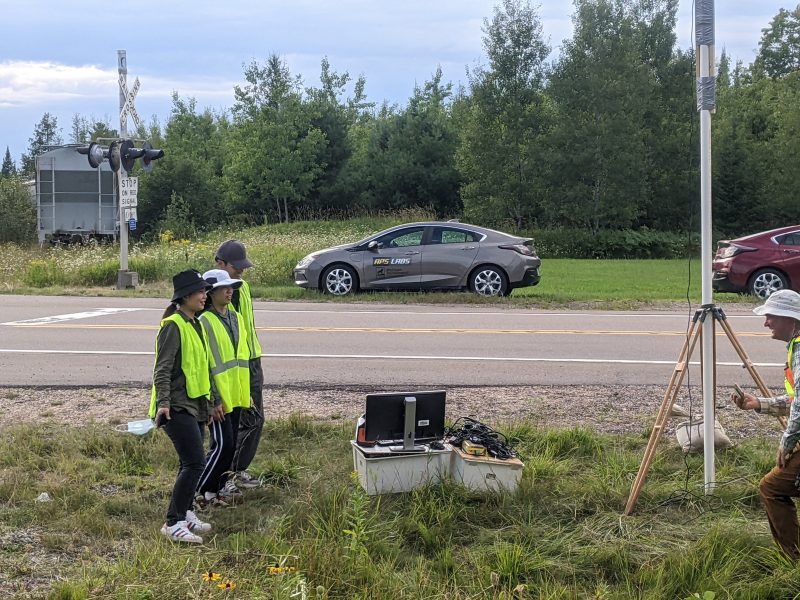
Lautala initially founded RTP’s innovative Summer in Finland program, which integrated an international component to rail education. It was an intensive five-week program, a collaboration among Michigan Tech, the Tampere University of Technology, and the North American and Finnish railroad industry. “That program created sufficient interest from the students and industry to officially launch the Rail Transportation Program,” Lautala says.
Outside Michigan Tech, Lautala serves as chair of National Academies’ Research Transportation Board Rail Group. “There are so many research possibilities—everything from infrastructure, with automated track-monitoring systems and recycled materials in railroad ties, to energy efficient equipment and operations,” he says.
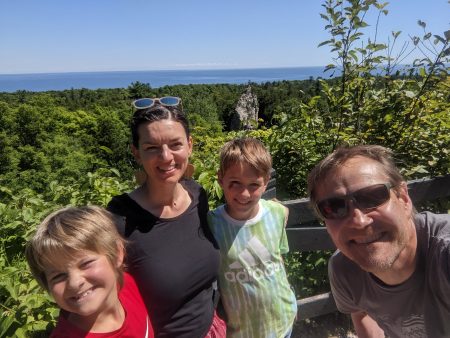
Lautala’s own engineering research currently involves connected and autonomous vehicle communications at grade crossings, with fellow Civil, Environmental, and Geospatial Associate Professor Kuilin Zhang. The two are working to develop safe and efficient driving and routing strategies for autonomous vehicles at railroad grade crossings. Reduced energy consumption, emissions, and potential time delays are some of their goals. Their research is supported with two separate grants from the Federal Railroad Administration (FRA).
Dr. Lautala, how did you first get into engineering? What sparked your interest?
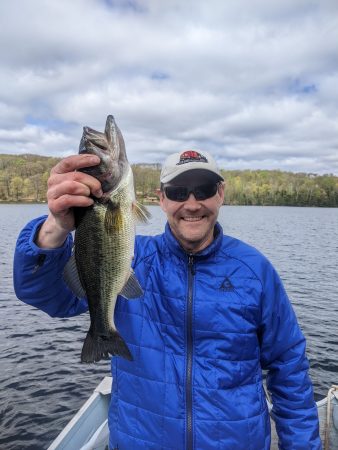
Probably my early summer internships, first at a rail construction site, and then with Finnish Railways.
Hometown?
Kangasala, Finland. I have split my life evenly between Finland and the US, twenty-five years each. I recently spent a year in Finland with my wife and two rascals (children): Olavi (10) and Ansel (8).
What do you like to do in your spare time?
Hobbies, you name it…..soccer (including coaching), hockey, golf, and many other sports. Three accordions and an equal number of bands. I’ve done some acting, too (though that’s been pretty quiet recently).
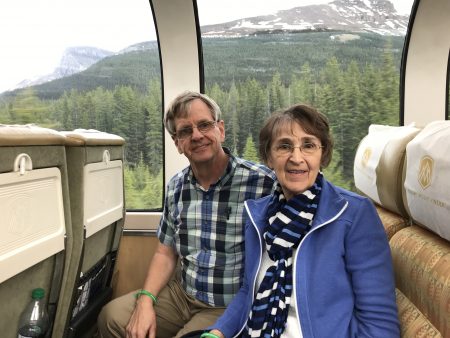
Eric, how did you first get into engineering? What sparked your interest?
I saw the Mackinac Bridge while it was under construction. A few years later when our subdivision was expanded, I spent the summer watching the grading contractor.
Boating is another hobby. We have a 17’ boat for water skiing and a 20’ sailboat we use each summer for a few weeks on Crystal Lake near Frankfort, Michigan, when our family vacations together.
One of your most memorable accomplishments?
Training as a locomotive engineer.
Hometown?
I was born in Detroit and moved to Bloomfield Township when I was in the 4th grade. I am an only child. I married Patricia Paoli in 1970.

What do you like to do in your spare time
My dad exposed me to both model railroading and real railroads. My primary hobby is model railroading in O Scale 2 rail, which is 1/48 scale. My work was all in the railroad industry.
Read more:
The Michigan Department of Transportation and Michigan Operation Lifesaver are partnering together to raise rail safety awareness. Most Americans today know the dangers associated with drunk driving, distracted driving or texting while crossing the street, But many are unaware of the risks they are taking around railroad tracks.